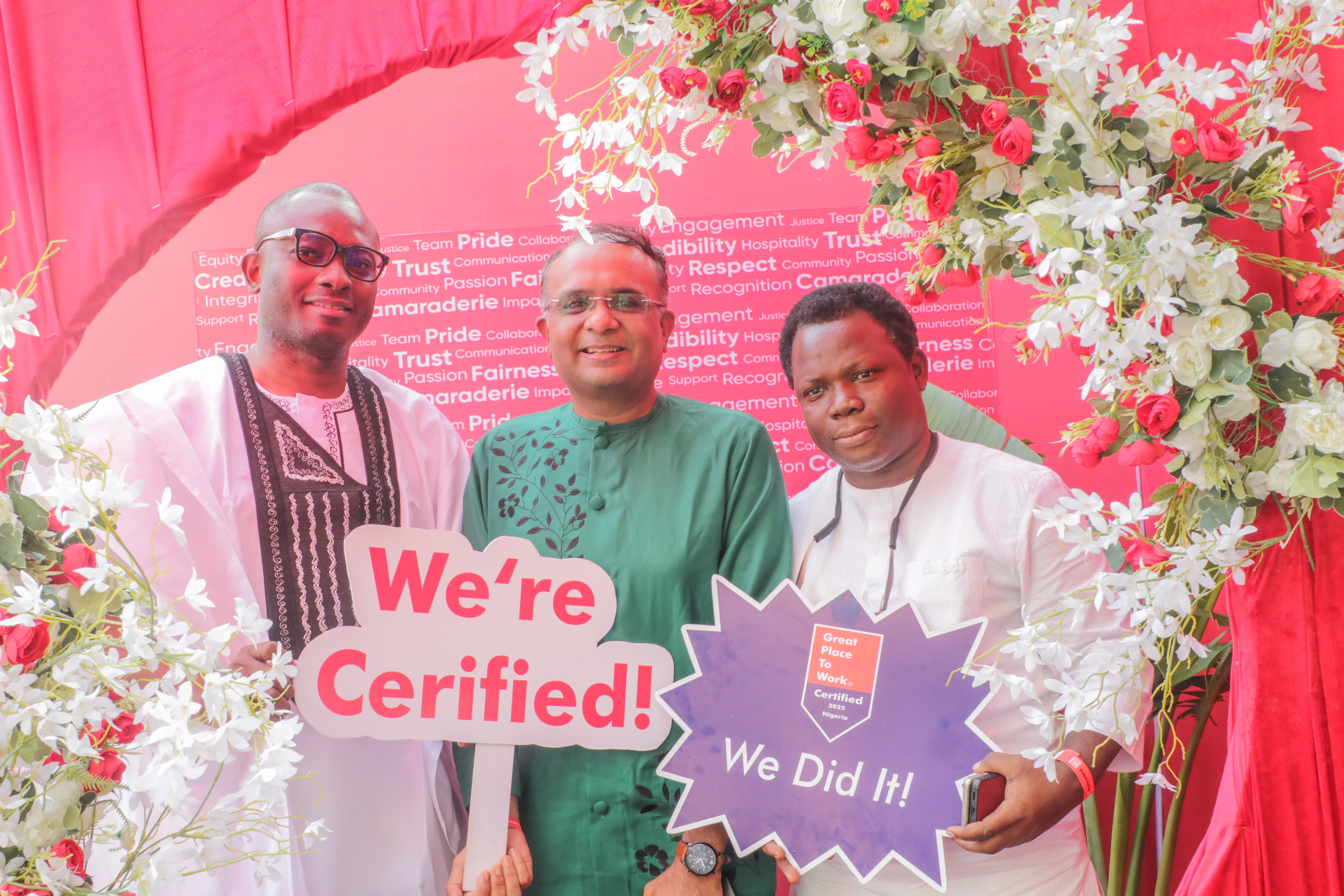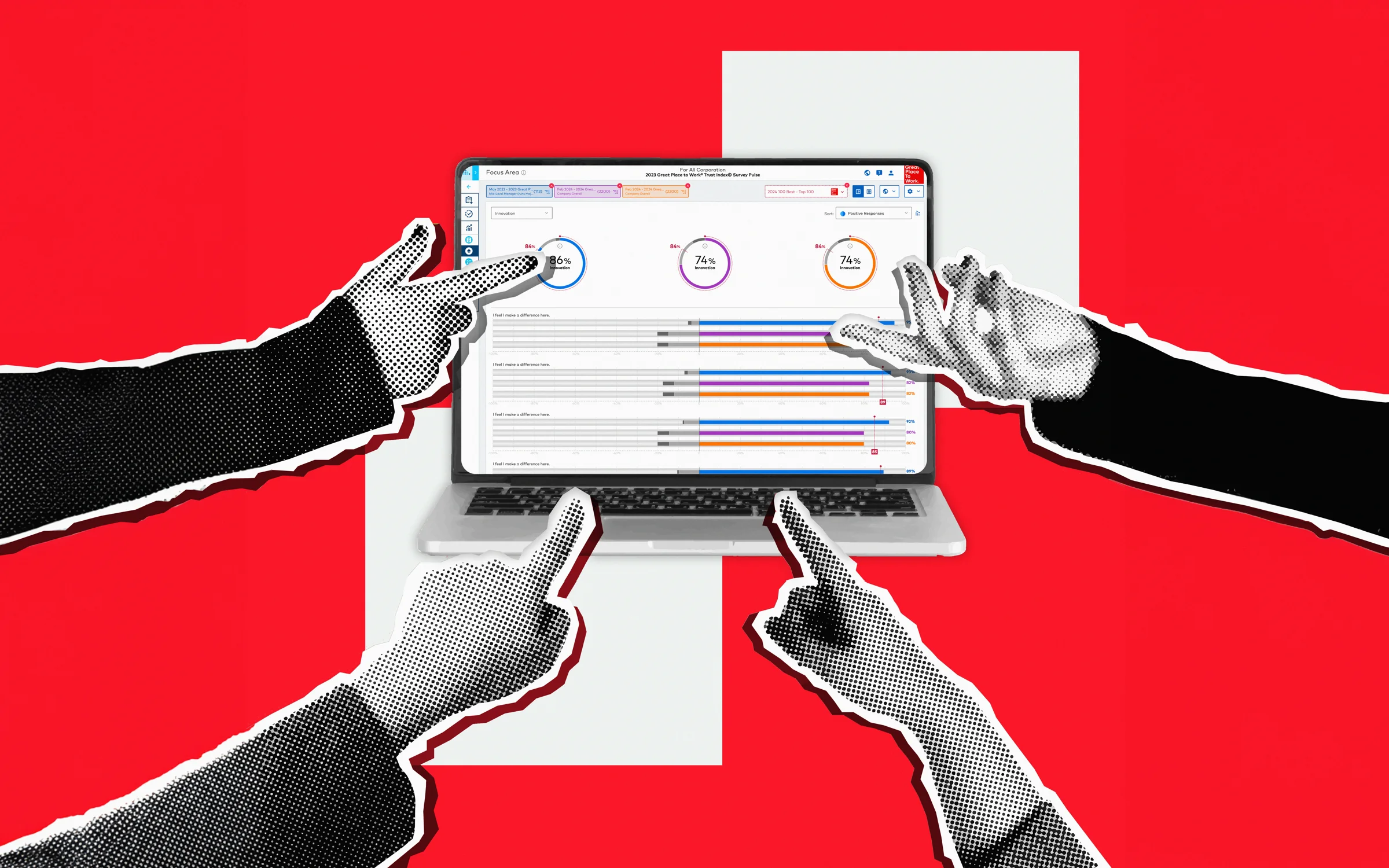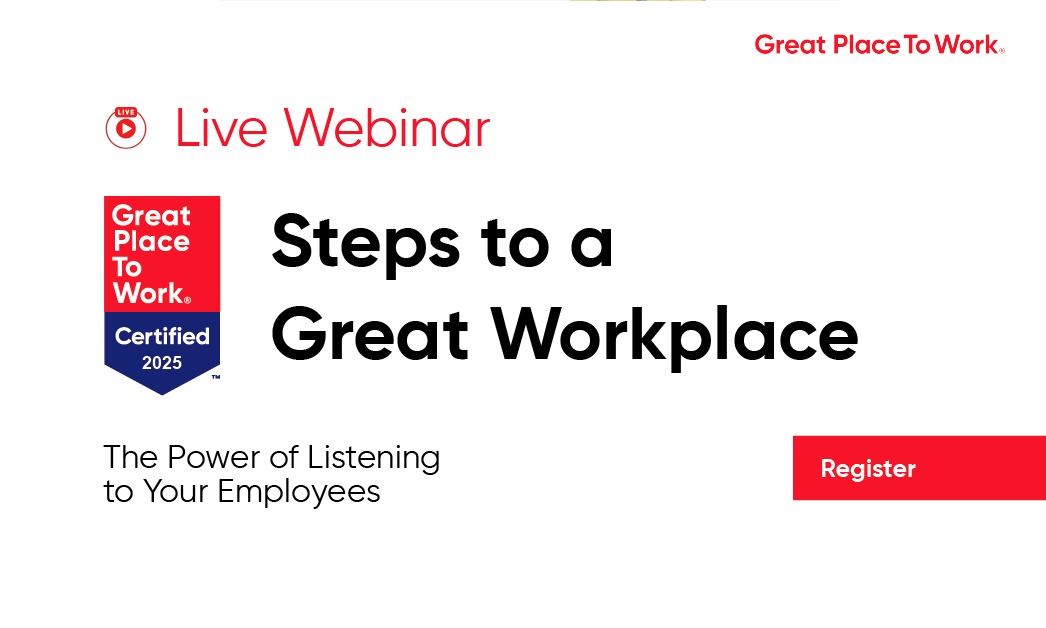Employee engagement is a discussion that has captured the business world, as organisations and institutions globally work towards employee wellbeing, quality, innovation, sustainability to create meaning work for the employees with an aim of positively impacting the purpose of the organisation, clients, partners, and stakeholders.
Employee engagement is a key driver of productivity and efficiency in an organisation. It is all encompassing and can be used to sustain motivation in Employee Performance.
What is Employee Engagement?
It can be confused with employee experience; however, they are different. Employee experience is an employee-centric way of thinking about the organisation and takes into consideration, how employees see, hear, believe, and feel about all parts of their work life, while Employee engagement, on the other hand, is the emotional commitment an employee has to their work, the organisation and its goals.
Invariably, employee engagement is the degree to which employees invest their cognitive, emotional, and behavioral energies toward positive organisational outcomes. So, what do engaged employees look like? Generally, they are absorbed in and enthusiastic about their work and the organisation they work for.
When employers are resolute to ensure the contributions, views and voices of their employees are not only heard but also find ways to keep open communication through creating a sense of belonging and purpose for a great brand identity everywhere they operate from, there will be confidence in the abilities of individuals and teams to go above and beyond in sustaining the energy required for a formidable and consequently winning team.
High Performance organisations aim at implementing a robust employee engagement plan, to ensure the engagement of its workforce from recruitment till exit. The workplan must be achieved through well-structured employee engagement strategic programs, initiatives, and intents.
An employee engagement plan is a mechanism that organizations develop to define and prioritize their actions for improving employee engagement. It enables recognizing the key factors that influence employee engagement, identifying the employees' pain points, and creating customized initiatives to address them.
A great employee engagement strategy must be deliberated, calculated, and carefully planned. To have a successful employee engagement strategy, the use of polls, surveys and data is important, this is to allow benchmarking the performance of the strategy and sometimes flexibility to realign when it is required.
An "engaged employee" is defined as one who is fully absorbed by and enthusiastic about their work and so takes positive action to further the organisation's reputation and interests.
There are four core elements of employee engagement that one must pay attention to, they are.
- Strategic Narrative – There must be visible, empowering leadership, providing a strong strategic narrative about the organisation, where it comes from and where it’s going. Organisations must be deliberate about the way the organisation is perceived in the industry and operating environment.
- Engaging Managers- These people must focus on developing the people they manage and give them scope, treat the people as individuals, coach and stretch their people. There is a popular saying that employees do not leave bad organisations but bad managers. Team leaders and supervisors must be trained in how to manage their direct report, the aim is to ensure people are equipped and motivated to be productive on the job, without being coerced to do what they are employed for.
- Employee Voice - Throughout the organisation, there must be tools and channels for reinforcing and challenging views, between functions and externally. Employees are seen not as the problem, rather as central to the solution, to be involved, listened to, and invited to contribute their experience, expertise, and ideas. Employees who are bold to air their views, especially in the work that they do, will find ways of improving on the job. People must know and feel like they have a voice and can speak up.
- Organisational Integrity –An organization with a high level of integrity do what they say they will do, as seen by employees, customers, shareholders, and wider society. These organisations ensure that the agreed principles and values that they uphold are demonstrated in the actions and activities of the day-to-day business operations. There is no disconnect, rather, a synchronization between what is documented and the practice.
There are intrinsic and extrinsic factors of employee engagement, which are required for the success of both the organization and its employees. Intrinsic factors include Passion, Determination and Purpose, while the extrinsic factors are Workplace Environment, Family Influences and Financial Capabilities.
By introducing strategies to achieve improved engagement and retention, companies set for themselves a strong foundation for success. Utilizing talent management while building a committed and engaged workforce.
Talent management initiatives are one of the key drivers of employee engagement, staff productivity and retention, to ensure that of your company. Without a robust talent management system, you put yourself at risk of creating a disengaged and uncommitted workforce that are less likely to perform to a high standard, and more likely to leave the company.
The organization can retain talented employees by:
Creating strong career paths and highlighting advancement opportunities on the job that can engage the employees and help them advance their career or skills.
Developing competitive compensation structures and unique lifestyle benefits that reinforce how the company values its workforce.
Recognizing and celebrating employees for their accomplishments.
Investing in long-term relationships through defined assignment with success criteria and mutually beneficial outcomes.
Encouraging bonding and a pleasant workplace.
Employee satisfaction and engagement boosts employee productivity, organisations must ensure that they are continually strategic in creating engagement for its workforce.
Strategic organisations must be committed to implementing programs, initiatives and policies that will harness the strength of its people in better and diverse ways and must be dogged pursue employee engagement against all odds, only then can such organisations drive learning, growth, and development of its people not just as a necessity but as part of their overarching strategy.
Great institutions who want to thrive, especially post pandemic and in the evolving workplace must earmark audacious ambitions, which must be optimistically pursued in building formidable teams that will enhance productivity.








